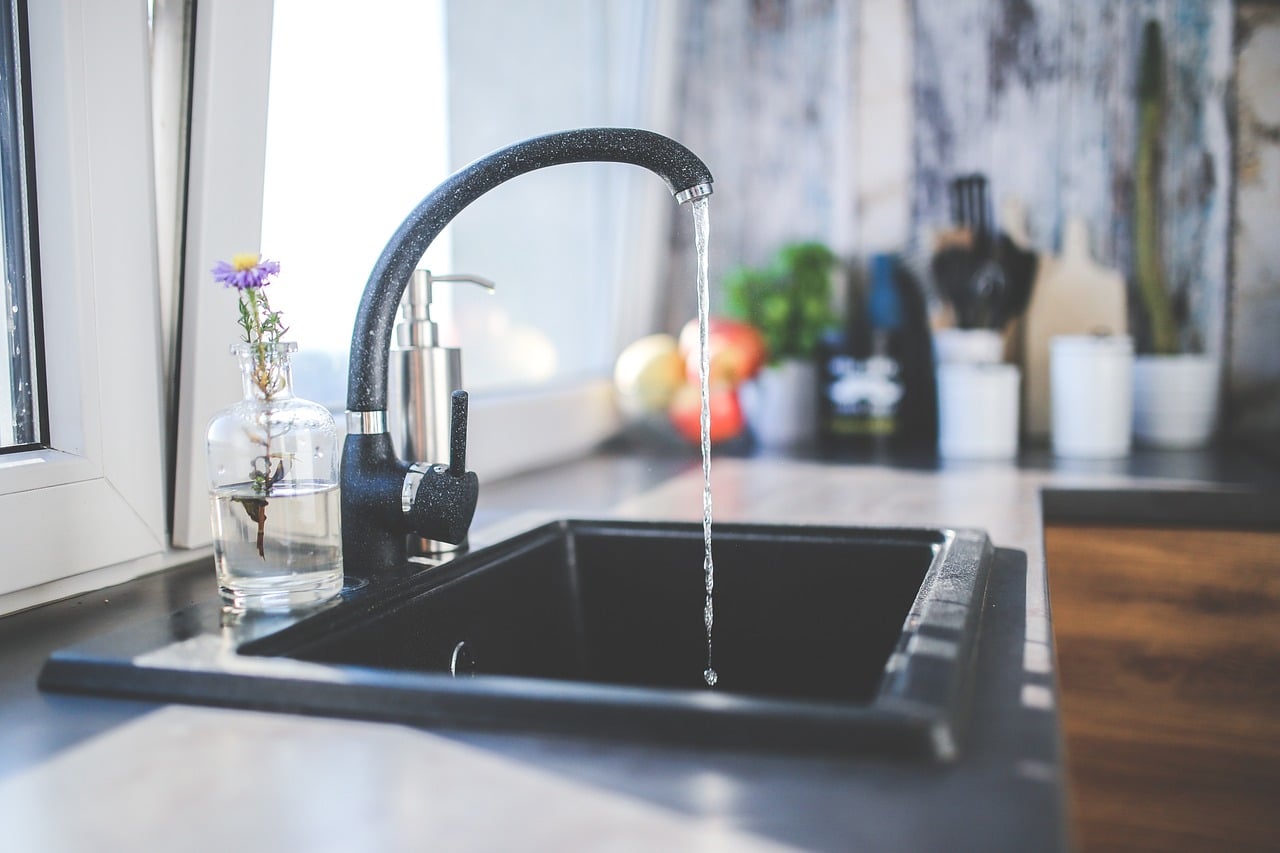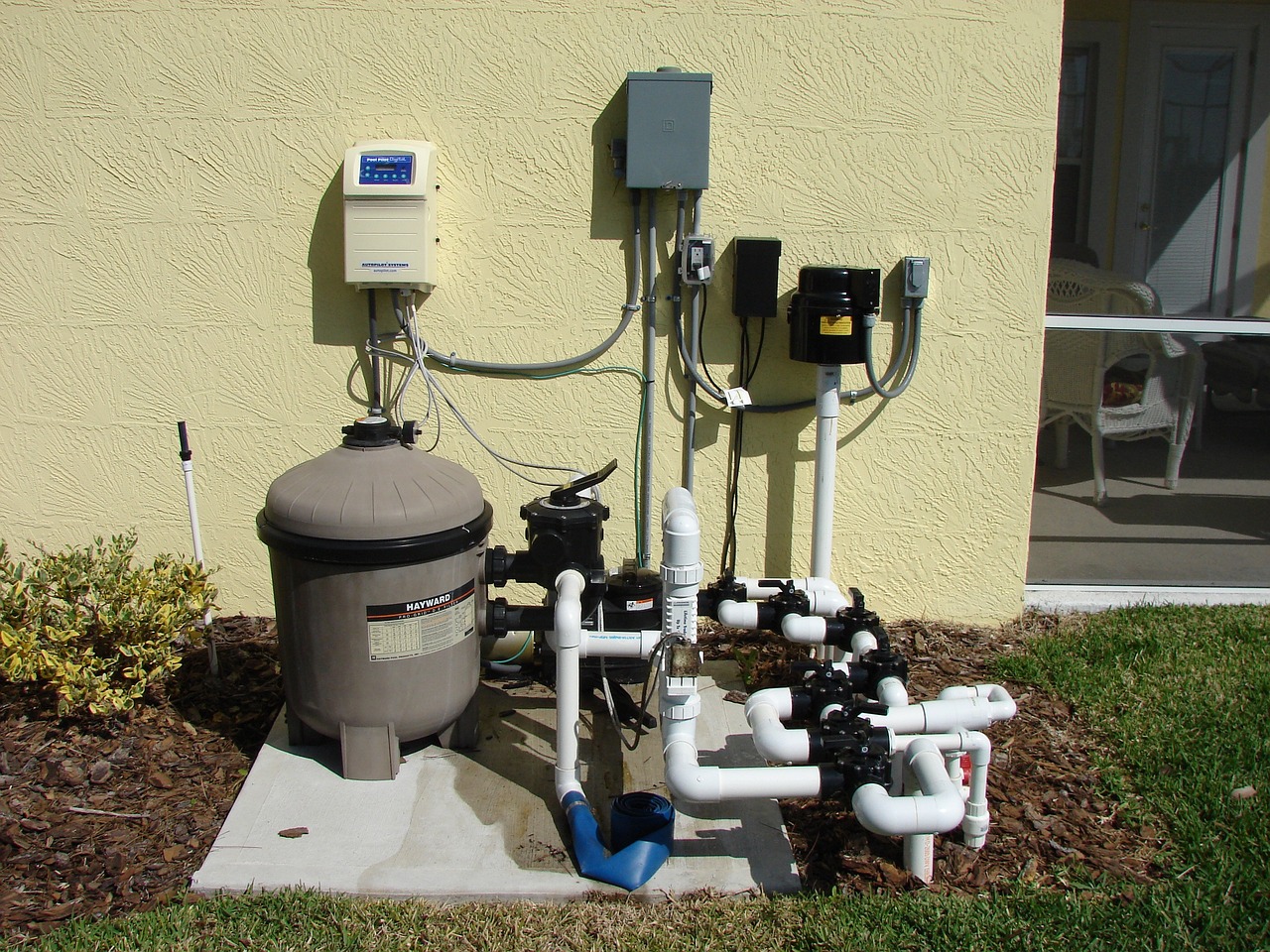5 minute read
There are many water-filtering methods available on the market today. It can be difficult to determine which one is the best for you and your family. This article will discuss proper water-filtering methods and why you should consider using them.
Carbon
This is one of the most popular ways to ensure you have clean drinking water and for good reason. Using carbon-based purification is considered to be the best method to filter water because the substance absorbs many pollutants and chemicals. It is a natural material that works as an effective filter for the water it comes into contact with, making carbon-based filters particularly useful for removing unwanted tastes and odors from your drinking water.
These filters can also reduce the presence of harmful microorganisms in your drinking water, providing you with added peace of mind that your water is safe to consume. The carbon works by trapping harmful toxins, bacteria, and other particles while allowing clean water to pass through it. It is also economical since carbon filters are relatively inexpensive and easy to replace when needed.
Purification
Clean drinking water is essential for your overall health, so having a purification system in your home is a great way to ensure you’re getting the cleanest water possible. These use a variety of methods to remove contaminants from water, including carbon filtration, reverse osmosis, UV disinfection, and sediment filtration.
With purification, you can reduce or eliminate many common contaminants like lead, chlorine, chloramines, and even microorganisms like E. coli and Giardia lamblia. Plus, purification systems are easy to install so you can have one up and running in no time!
So if you’re looking for a way to make sure that your drinking water is as clean and safe as possible, purification is definitely a great option. With purification, you’ll get peace of mind and clean water for your entire family.
Distillation
Distillation is an effective water-filtering method that involves boiling and condensing the water. The process can remove some impurities, including heavy metals and fluoride, from the water. Distillation is also able to reduce the number of bacteria in the water by nearly 99%. It works by raising the temperature of the liquid until it evaporates, separating the pure water from the contaminants and other impurities. The pure water then condenses on a surface and can be collected as distillate.
This is an extremely effective technique for obtaining clean, pure drinking water. It takes out more impurities than many of the other filtering processes.
Water Chlorination
Using chlorine to filter water is a highly effective treatment method. It works by killing harmful bacteria and pathogens that can be found in water, making it safe to drink. When water is chlorinated, the chlorine helps disinfect the water and reduces the risk of waterborne diseases being contracted by people exposed to it. This makes water chlorination a great way to protect people’s health and safety.
Reverse Osmosis
This process has a few steps. These are the following:
- An optional pre-filtration that involves the use of a sediment filter to remove any solid particles
- Membrane process where water passes through a membrane under pressure and separates out pollutants, minerals, and other contaminants
- Final post-filtration stage, which is usually a carbon filter that removes any odors or tastes
Reverse osmosis is one of the most effective and efficient ways to filter water. It can remove up to 99% of dissolved contaminants from water and provide clean drinking water for you and your family.
Iodine Addition
Purifying water with iodine has become one of the most effective methods for making water safe for drinking. It is a chemical disinfectant that can reduce potential contaminants and bacteria in drinking water, making it safer to consume.
Iodine has been used as a water-purifying agent since the 19th century due to its ability to kill microorganisms, such as bacteria and viruses. A small amount of iodine is added to untreated water, and it binds to these organisms’ cell walls and kills them. This process can effectively remove any pathogens present in the water, thus making it safe for consumption.
Clay Vessel Filtration
This method of water filtration is a practical and economical way to ensure clean and safe drinking water for people around the world. The process works by trapping suspended particles within clay vessels or clay pot filters, which are then filled with sand, gravel, and other materials that help strain out dirt and bacteria from the water. Clay vessel filtration has been used in rural areas of developing countries for centuries. Although it is a simple process, clay pot filters are still one of the most effective ways to filter out impurities in water.

Clean water is a luxury everyone needs to work toward which is why you need to research the best methods for filtering it. Make sure to read up on all of these and see which system fits your own household best. It’s important to set them up right and follow maintenance instructions in order to enjoy the benefits!






